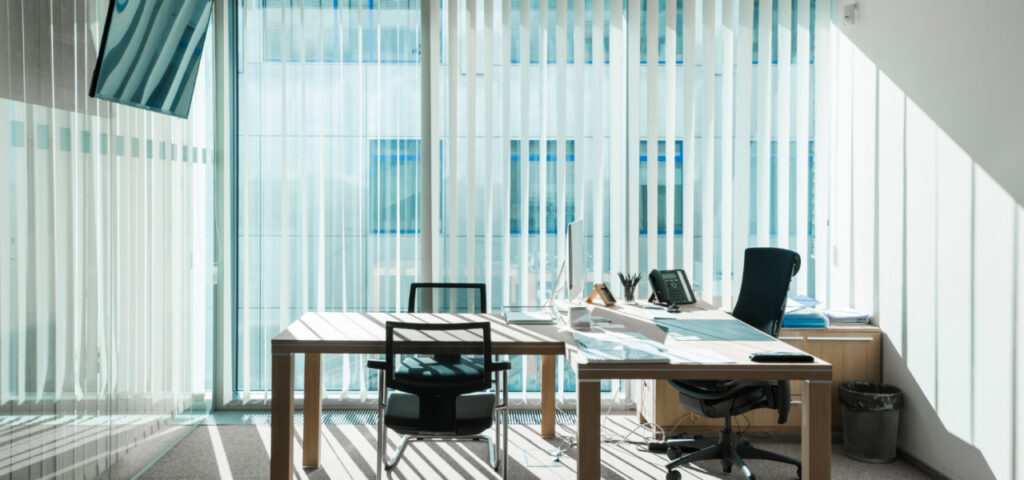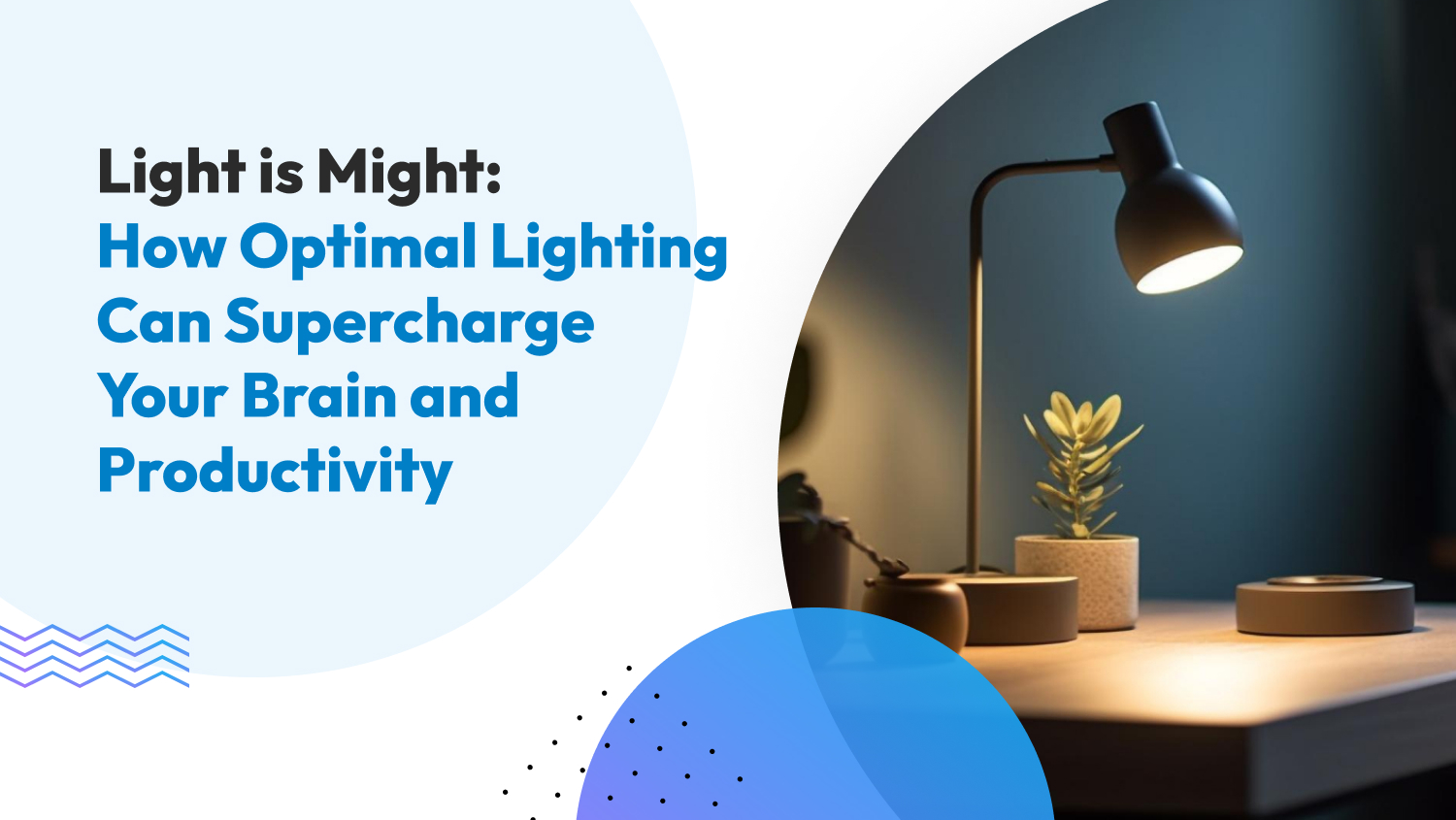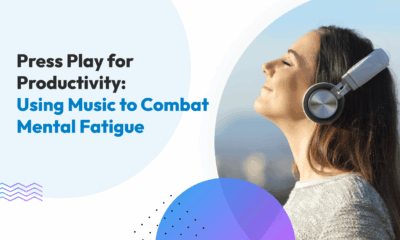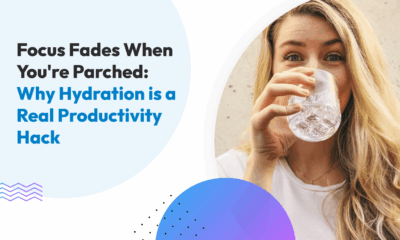Science Says
Light is Might: How Optimal Lighting Can Supercharge Your Brain and Productivity
There’s a reason office and hospital lighting is very different from that of hotels and homes. Cool white lights are more conducive to work, concentration and alertness, while warm, yellow lights create a more relaxed and cozy atmosphere. Have you ever wondered why that is so?
A recent study revealed how the brightness and quality of lighting can have a profound impact on your cognitive function, alertness, and overall productivity. The researchers used advanced brain imaging to see how different levels of light brightness, specifically of bluish-white light, affected the activity of a small but important brain region called the hypothalamus in young adults while they performed cognitive tasks.
Let’s talk about the findings of this research and the actionable steps you can take to harness the power of light in your workspace and home.
The Science of (Blue) Light and the Brain
How does light affect our cognitive performance? Light affects our bodies in many ways beyond just allowing us to see. There is a special kind of cell in the eye that sends signals to many areas deep beneath the surface of the brain, especially in a region called the hypothalamus, which helps control sleep and wakefulness. These special cells in the retina are most sensitive to blue light.
By exposing yourself to blue-enriched light during the day, you may be able to give your hypothalamus a more powerful wake-up signal and keep your mind sharp and focused.
Action Item: When optimizing office or workspace lighting, look for fixtures that offer adjustable color temperature settings and can emit cooler, blue-enriched light. You can also try incorporating natural daylight into your workspace by positioning your desk near a window or taking regular breaks outdoors. “Natural” light lamps for those of us who frequently suffer from seasonal affective disorder are everywhere nowadays too, and there’s a reason. This might be a worthwhile addition if your office doesn’t have natural sunlight or your region of the world might be a bit darker.

Light and Brain Activity
Using advanced imaging technology, the researchers wanted to see how different lighting conditions affected different regions of the hypothalamus while participants performed certain thinking tasks. They discovered that brighter blue-enriched light caused the back part of the hypothalamus to become more active, while depressing activity in the front and bottom parts.
The posterior hypothalamus is associated with the brain’s memory processes, as well as the production of histamine that promotes wakefulness and alertness. Meanwhile, the front and bottom hypothalamus are more associated with maintaining the body’s circadian rhythm and other autonomic functions like appetite.
Action Item: This finding highlights just how impactful lighting can be not just when our minds are actively engaged, but even during or leading up to sleep and potentially for other involuntary bodily functions. So when you assess your current lighting situation, consider lighting in the areas of your spaces where you recover and/or sleep. Avoid bright bluish light in areas meant for relaxation. Just as proper lighting can be leveraged to give you a jolt when needed, it can be used to give your body the signals that it’s time to wind down.
Boosting Brain Performance with Bright Light
One of the most exciting findings from the study was that exposure to brighter bluish light levels can significantly improve performance on challenging cognitive tasks. This is particularly interesting because other ways, like caffeine, have proven to work only in simple attention tasks. Participants were exposed to different lighting conditions while performing a listening memory test – from complete darkness to dim, low to moderate intensity, and high levels of blue-enriched light.
Participants did better on the complex memory task when the light was brighter. Interestingly, this performance improvement was related to lower activity in the back part of the hypothalamus. The researchers theorize that the increased posterior hypothalamus activity under bright light may not directly cause performance improvement. Instead, it sets the stage for better cognitive functioning through a series of coordinated activity changes across multiple brain regions and networks beyond just the hypothalamus.
This has powerful implications for business owners and freelancers who regularly engage in mentally demanding work, such as strategic planning, problem-solving, and creative ideation. If you’re a knowledge worker, this may apply to even more of your workday. Instead of reaching for an afternoon cup of coffee, try optimizing your office lighting for the task at hand and you may be able to give yourself a cognitive edge and power through tough intellectual challenges more effectively.
Action Item: Experiment with your light when you’re trying to focus on complex tasks. How bright is too bright? What helps? What doesn’t? Figuring out your perfect office lighting formula could unlock that extra focus or performance when you need it most.

Sleep is Key
While the brightness and quality of your workspace lighting are important, the study also touched on the significance of regular and adequate sleep. The study participants followed a loose sleep-wake schedule for a week before the experiment to ensure their internal body clocks were synchronized and to avoid sleep deprivation. Researchers wanted to capture optimal brain function under the experimental conditions, especially when it comes to focus and alertness. While the study’s purpose was not to assess circadian rhythm, the fact that they used this method to establish their baseline is telling.
As a business owner or freelancer, it’s easy to fall into the trap of working irregular hours and disrupting your natural sleep-wake cycle. However, this can take a toll on your cognitive function and overall productivity. By establishing a consistent daily routine and exposing yourself to bright light at predictable times each day, you can help keep your hypothalamus and circadian rhythms in sync, leading to better mental performance.
Action Item: Establish a regular work schedule that aligns with your natural circadian rhythms and stick to it as closely as possible. Aim to expose yourself to bright, blue-enriched light early in the day to give your brain a strong wakefulness signal, and then gradually transition to dimmer, warmer light in the evening to promote relaxation and sleep.
However, we know realistically that working irregular hours, the occasional late nights out or (or maybe just working late to meet that deadline) unplanned social obligations can easily disrupt your natural sleep-wake cycle. If you struggle with frequent disruptions to your regular sleep schedule, check out these sleep strategies to help you get the shut-eye you need while handling your busy and sometimes unpredictable schedule.
Finding Your Optimal Lighting Setup
While the study provides valuable insights into the relationship between light and cognitive function, it’s important to remember that individual responses can vary. The study showed that different parts of the hypothalamus respond uniquely to changes in light brightness, which could affect how light influences thinking abilities. This implies that the best lighting setup for peak cognitive performance might vary between individuals.
To find your personal “light formula”, it may take some experimenting with different lighting setups and configurations. Pay attention to how you feel and perform under various illumination conditions, and make adjustments until you find a setup that works best for you.
Action Item: Create a lighting “toolkit” for your office that includes a range of adjustable fixtures, bulbs with different color temperatures, and light-filtering accessories like diffusers or shades. This will give you the flexibility to fine-tune your lighting environment based on your individual needs and preferences.

Limitations
While the findings of this study provide valuable insights into the relationship between light, hypothalamus activity, and cognitive function, it’s essential to consider some limitations before taking every finding from the study as fact.
The study had a sample size of 26 participants, all healthy young adults with an average age of 24.3 years old. The narrow age range and the exclusion of older adults, children, and individuals with health conditions may limit the generalizability of the results. Additionally, the gender distribution of the participants (16 women and 10 men) was not 100% equal, which could technically mean potential gender differences in the response to light exposure.
The study was located in Liège, Belgium, meaning all study participants likely shared a cultural background and definitely a geographical one. Lifestyle, work habits, and natural light exposure can vary significantly across different regions and cultures, potentially influencing the impact of light on cognitive performance.
This study also focuses on the immediate effects of light exposure on cognitive performance and hypothalamus activity. The long-term consequences of altered lighting conditions on health, well-being, and sustained cognitive performance were not investigated so the long-term implications of the findings are unknown.
Lastly, it’s crucial to acknowledge that the study was conducted in a controlled laboratory environment using fMRI, which may not fully reflect real-world office settings. In real-life situations, factors such as ambient light, glare, and the presence of other environmental stimuli can influence the impact of light on cognitive performance, potentially modifying the effects observed in the study.
While these limitations do not negate the significance of the study’s findings, they highlight the importance of interpreting the results with caution and considering individual circumstances when applying the insights to real-world settings. Further research involving larger, more diverse samples, long-term studies, and real-world settings would help strengthen the generalizability of the findings and provide more comprehensive guidelines for optimizing office lighting.
Wrap Up
The research on light and cognitive function has opened up a whole new realm of possibilities for optimizing productivity in our workspace and home or physical offices. By understanding how different parts of the hypothalamus respond to changes in light intensity and quality, we can strategically manipulate our office lighting to boost alertness, sharpen thinking, and enhance overall performance (and, likewise, for decompressing!).
Once you find your personal favorite lighting, investing in high-quality, adjustable lighting for your workspace may prove to be one of the most effective ways to give yourself a competitive advantage when you need it. By harnessing the power of bright, blue-enriched light during the day and maintaining a consistent light exposure pattern, you can keep your brain operating at its peak potential and tackle even the most challenging tasks with clarity and efficiency.
So don’t underestimate the importance of lighting in your office environment or the need to tailor it to your own body and experience. Hopefully, this article and study give you a few jumping-off points and ways to assess what might work (and not work). You may be just a few tweaks and upgrades away from unlocking a whole new level of productivity and success in your business and life.












